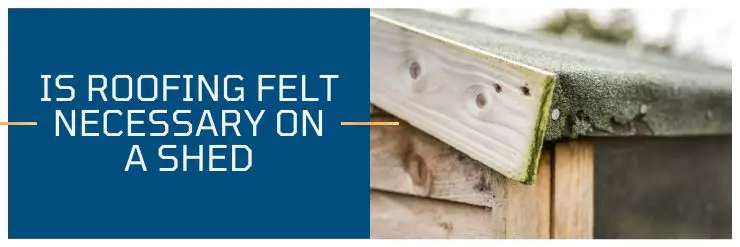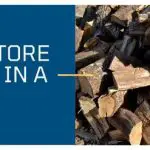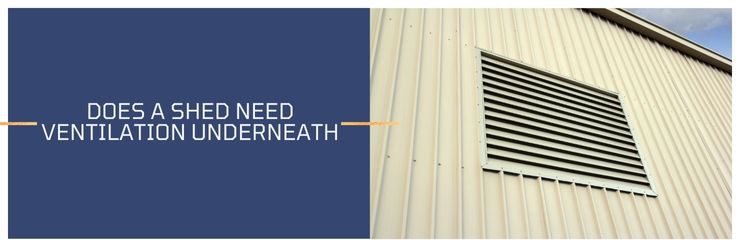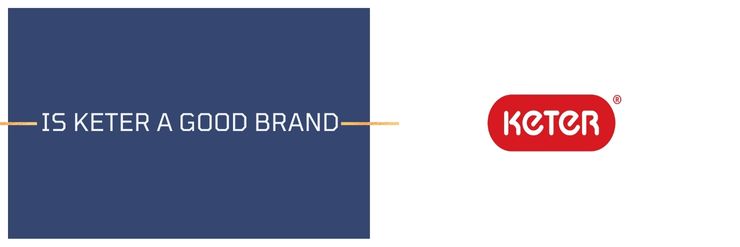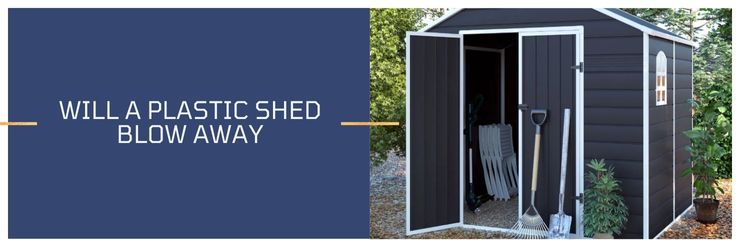Many homeowners choose to build a shed in their backyard for different reasons. But is roofing felt necessary on a shed?
Although roofing felt is not always necessary when building a shed, it can provide an extra layer of protection against the elements. In some cases, it is required by law, so be sure to check your local building codes.
If you decide to add roofing felt to your shed, be sure to do it properly to avoid any leaks. In this blog post, we’ll discuss the benefits of installing roofing felt on your shed, and the cheapest of roofing your shed. Stay tuned for more!
Is Roofing Felt Necessary on a Shed
One of the most common questions we get asked is whether roofing felt is necessary on a shed.
Unfortunately, is not a simple one. It depends on several factors, including the type of shed you have, the climate you live in, and how often you use the shed.
Installing roofing felt is not always necessary on a shed, but it does depend on several factors, including the type of shed you have, the climate you live in, and how often you use the shed.
It can extend the life of your shingles and protect the interior from water damage. Felt is asphalt-infused synthetic or wood composite paper that repels water
For example, if you have a wooden shed in a temperate climate that you only use occasionally, you probably don’t need to worry about roofing felt.
However, if you have a metal shed in a hurricane-prone area that you use regularly, it’s definitely something you should consider.

In general, roofing felt is a good idea if your shed is exposed to extreme weather conditions or if it’s going to be used frequently.
If you’re not sure whether roofing felt is right for your shed, ask a Sheds Unlimited representative for more information.
Types of Roofing Felt
Asphalt-saturated felt is the most common type of roofing felt. It’s made by saturating a base layer of paper or fibreglass mat in asphalt.
The resulting material is then covered with a top layer of asphalt-impregnated paper or fibreglass mat. Asphalt-saturated felt is available in rolls of various widths and thicknesses.
Coated felt is another type of roofing felt that’s made by saturating a base layer of paper or fibreglass mat in asphalt and then coating it with a layer of polymer-modified asphalt. This type of roofing felt is available in rolls of various widths and thicknesses.
Self-adhesive felt is a type of roofing felt that has an adhesive backing. This type of roofing felt is available in rolls of various widths and thicknesses.
Base sheets are a type of roofing felt that’s used as the base layer in built-up roofing systems. Base sheets are available in rolls of various widths and thicknesses.
These are the most common types of roofing felt. There are also other types of roofing felt available, such as fibreglass-based felt and organic-based felt.
Be sure to ask your roofing professional about the best type of roofing felt for your particular project.
What Can I Use Instead of Felt for Shed Roof
There are several reasons why you might want to consider using an alternative to felt for your shed roof.
Felt is generally made from petroleum-based materials, which means it’s not the most environmentally friendly option.
It’s also prone to leaking and tearing, which can be frustrating if you’re trying to keep your shed in good condition.
There are a few different options you can use instead of felt for your shed roof.
- One popular option is EPDM rubber, which is a synthetic rubber that’s very durable and resistant to leaks. It’s also environmentally friendly since it’s made from recycled materials.
- Another option is PVC, which is also durable and leak-resistant.
- Green roofing system.
PVC is not as environmentally friendly as EPDM rubber. If you’re looking for an alternative to felt that’s both environmentally friendly and durable, consider using a green roof system.
Green roofs are made from vegetation, such as grasses and sedum, which helps insulate the shed and protect it from weather damage.
They’re also great for the environment since they can help reduce stormwater runoff and keep your shed cooler in the summer.
Whatever option you choose, make sure to consult with a professional before making any decisions.
They can help you figure out which material will work best for your shed and your needs.
What is the Cheapest Way to Roof a Shed?
The cheapest way to roof a shed is by using asphalt shingles. Asphalt shingles are a type of roofing material that is made from asphalt and other materials, such as fiberglass or paper.
They are one of the most popular types of roofing materials because they are affordable and easy to install.
You can usually find asphalt shingles at your local hardware store or home improvement store.
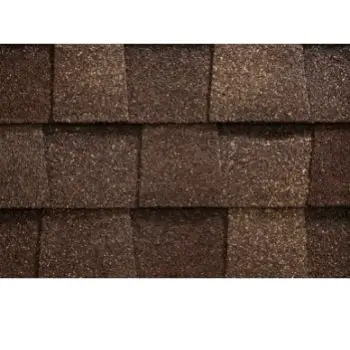
Another cheap way to roof a shed is by using corrugated metal panels. Corrugated metal panels are made from thin sheets of metal that are pressed into a wave-like pattern.
They are often used for industrial and agricultural buildings because they are durable and easy to install.
However, they can also be used for sheds and other types of buildings. You can usually find corrugated metal panels at your local hardware store or home improvement store.
If you want to save even more money, you can try using recycled materials to roof your shed. Recycled materials can include things like old tires, metal cans, and even cardboard boxes.
These materials can be used to create a roof that is both durable and inexpensive. You can usually find recycled materials at your local recycling center or online.
No matter what type of shed you have, there is a cheap way to roof it. By using one of the three methods described above, you can save money and still have a roof that looks great.
Conclusion
So, is roofing felt necessary on a shed? You want to know the answer to that question perhaps to save cost or time on your shed project.
Well, the answer is both yes and no. It all depends on the climate and how much rain or snow your shed will be exposed to.
If you live in an area with a lot of harsh weather, then it’s a good idea to use roofing felt to protect your shed from leaks and water damage.
By taking into account the different factors involved, you can make a more informed decision about whether or not roofing felt is right for your specific situation.
Have you had to decide whether or not to use roofing felt on a shed? What factors did you consider in making your decision?

